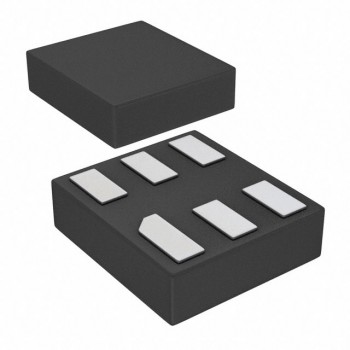In the intricate world of electronics, maintaining stable voltage levels is paramount. Enter voltage regulators - the unsung heroes that ensure our devices run smoothly and reliably. But did you know there are two main types - one-way and two-way? Let's delve into their functions and differences.
Understanding Voltage Regulators
A voltage regulator is an electronic device designed to maintain a constant voltage level. They take in a variable input voltage, which may fluctuate due to various factors, and provide a steady output voltage irrespective of the changes in input. This functionality is crucial in protecting sensitive electronic components from potential damage due to excessive or insufficient voltages.


One-Way Voltage Regulators
Also known as step-down or buck regulators, one-way voltage regulators reduce the input voltage to a lower, stable output voltage. They are typically used when the supply or source voltage is higher than what the load requires. For instance, if you have a power source providing 12V but your device only needs 5V, a one-way regulator can step down this higher input to deliver the necessary 5V.
Two-Way Voltage Regulators
On the other hand, two-way regulators—also known as buck-boost converters—have more flexibility as they can both increase (step-up/boost) and decrease (step-down/buck) input voltages depending on requirements. If your power supply fluctuates above and below your device's needed operating voltage, these versatile regulators can adjust accordingly—stepping up when it's too low or stepping down when it's too high.
Comparing One-Way vs Two-Way Voltage Regulators
The primary difference between these types lies in their operational capabilities; while one-way regulators only decrease input voltages to maintain stability at lower levels, two-way regulators have an additional ability to increase them if required.
Choosing between them depends on specific application needs—the stability of your power source and desired output levels.
Remember though that with increased functionality often comes added complexity; so while two-way regulators offer more flexibility—they also tend towards greater design intricacy and cost compared with their one-way counterparts.
Conclusion
Voltage regulators serve as vigilant gatekeepers—safeguarding our electronic devices from unpredictable power fluctuations.
Whether you choose a one-way or two-way regulator will depend on your specific needs—but understanding their functions and differences provides valuable insight for making informed decisions in designing robust electronic systems!

